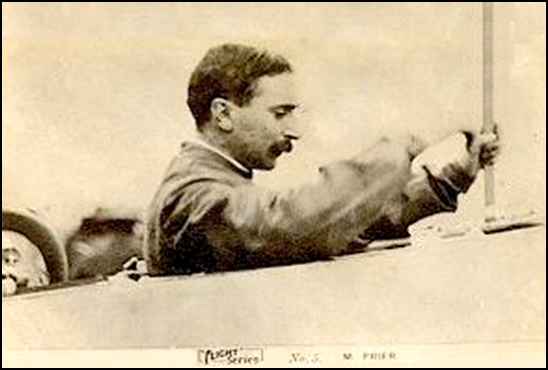(Source: Wall Street Journal)
If you thought legroom on commercial airlines was already cramped, get set to be squeezed some more.
New Boeing 737-800s now being delivered to American Airlines have the same-size cabins as the existing 737-800s in American’s fleet. But the new planes have 12 more coach seats, pushing the total number of seats to 160. Delta Air Lines Inc. has also added 10 seats to its 737-800s, raising the total to 160. So has Continental Airlines Inc.

Image Courtesy: Wall Street Journal
The seat squeeze shows how airlines are aggressively cramming more seats into jets. The trend has been going on for years, but has picked up momentum of late as airlines take food galleys out of airplanes since they’ve stopped serving free meals. Some carriers also are replacing seats with new ones made with slimmer frames and cushions, creating additional rows.
Slimmer seats free up space. But instead of giving it to customers, airlines are using it to try to make their fleets more profitable, taking all those inches and adding more seats to jets. A few extra passengers on each trip can spell the difference for tight-margin airlines between losing money and making money.
In American’s case, some customers will lose some legroom. The airline says it standardized the “seat pitch” — the distance from a point on one seat to the same point on the seat in the next row — at 31 inches throughout the coach cabin. Some rows in the old configuration had as much as 33 inches of seat pitch, and American’s Web site says the old configuration averaged 32 inches.
Exit rows still have more legroom in the new layout — about the same 39-40 inches as in the old configuration. But “bulkhead” seats in the first row of the coach cabin won’t be as roomy as frequent fliers are accustomed to. A spokesman for American says there’s a “slight reduction” in legroom for the first row of the economy section.
AMR Corp.’s American says the room for the two added coach rows was freed up by several changes besides just newly designed seats with thinner seatbacks squeezed closer together. Two service-cart storage cabinets behind the last row of seats were eliminated because, well, there’s not as much food and beverage service onboard flights these days. The space between the two cabins was shrunk using a new contoured divider.
Despite the squeeze, American believes the new seats won’t feel more crowded to travelers. The seat bottoms pivot forward a bit like movie-theater seats to give the person behind you more knee room when reclining.
Still, seat pitch at 31 inches may well feel tight to many travelers. American once had 34 inches in coach when it marketed itself as the “More Room” airline from 2000-2005. The MD-80s being phased out in favor of the 737-800s will replace MD-80 jets that have 31- to 33-inch pitch in coach.
While some low-cost airlines still offer 32-34 inches of seat pitch on planes, 31 inches has become the standard in coach at many carriers. Delta, for example, had 32 inches in its 737-800s when it had 150 seats. A reconfiguration completed last summer on all 71 737-800s in Delta’s fleet pushed that to 160 seats, using slimmer seats. But seat pitch did decline: The first seven rows in coach have 32-inch pitch, but the 15 rows behind the exit doors have 31-inch pitch.
More passengers on a plane means more travelers competing for the same overhead bin space. And bathrooms, too. Most 737-800s are delivered from Boeing with three bathrooms — one in the front for first-class passengers and two in the rear for coach customers.
Continental and Alaska Airlines are notable exceptions. Continental opted to add an extra mid-cabin bathroom to some of its 737-800s and use those planes primarily on trans-continental flights. That version also has an extra row of first-class seats and carries a total of 155 seats.
Click here to read the entire article.









